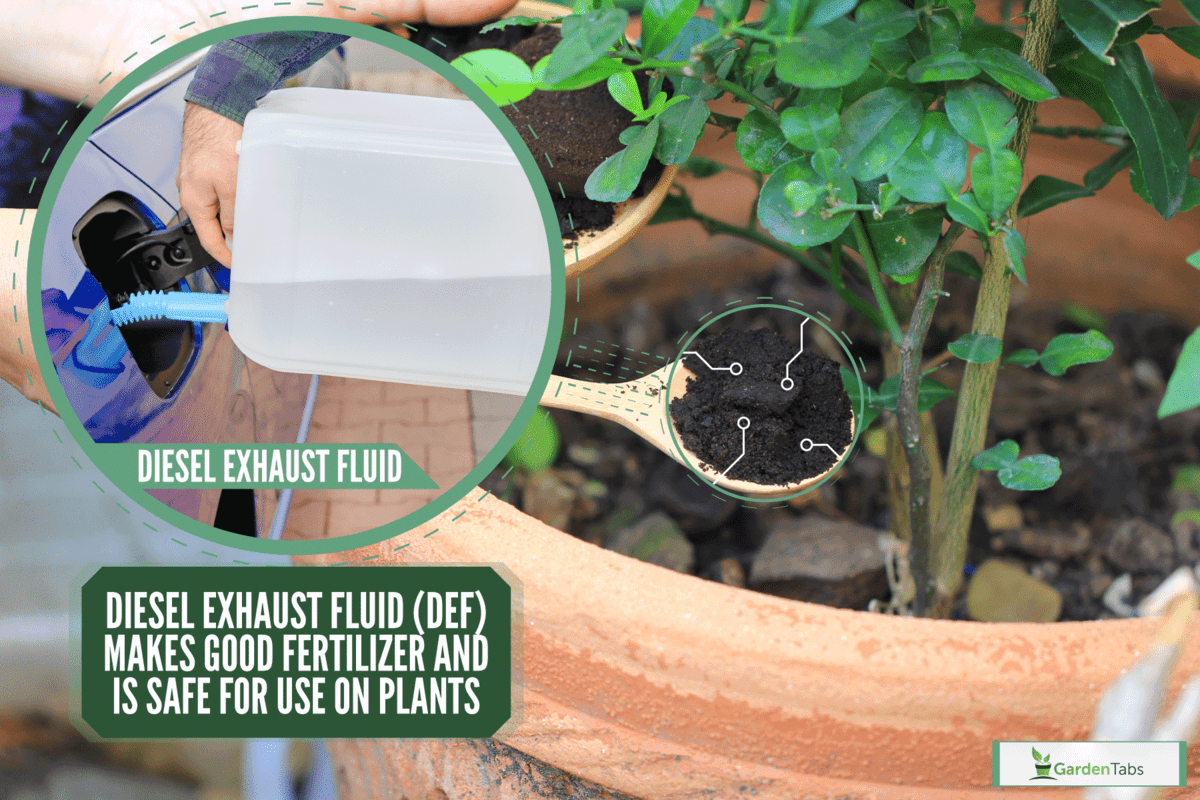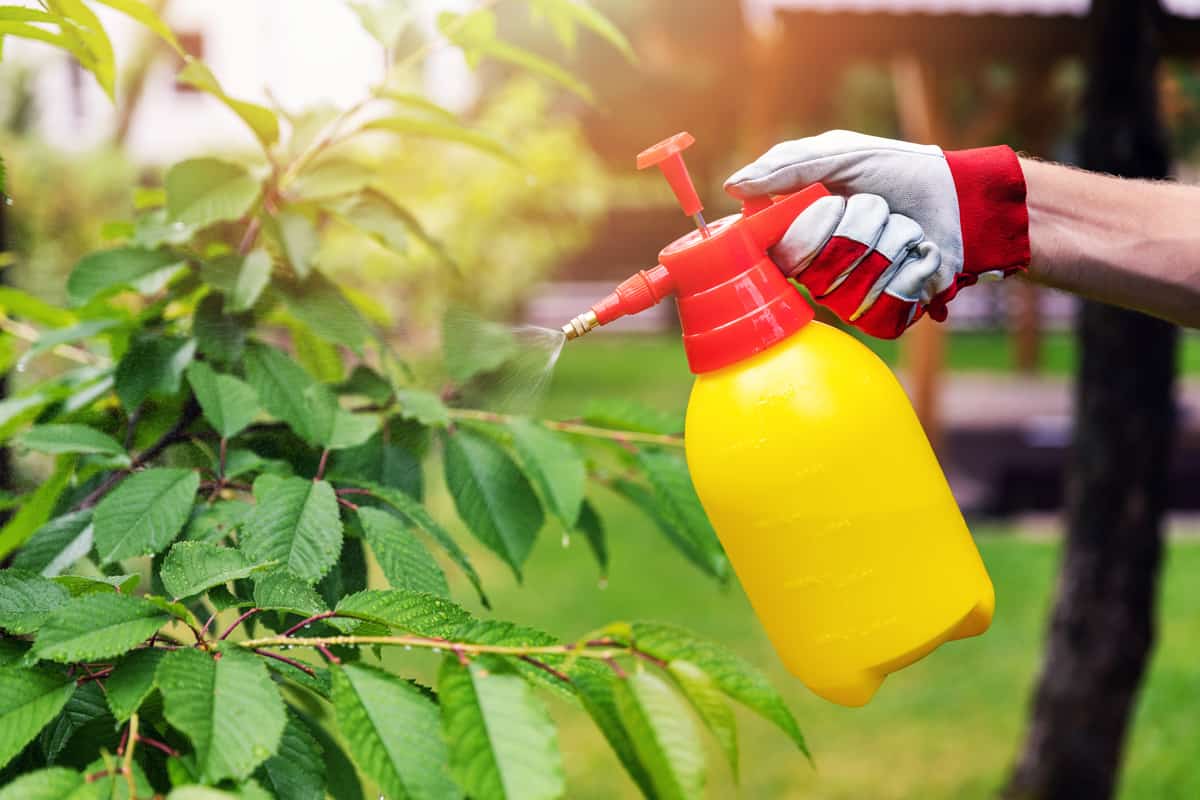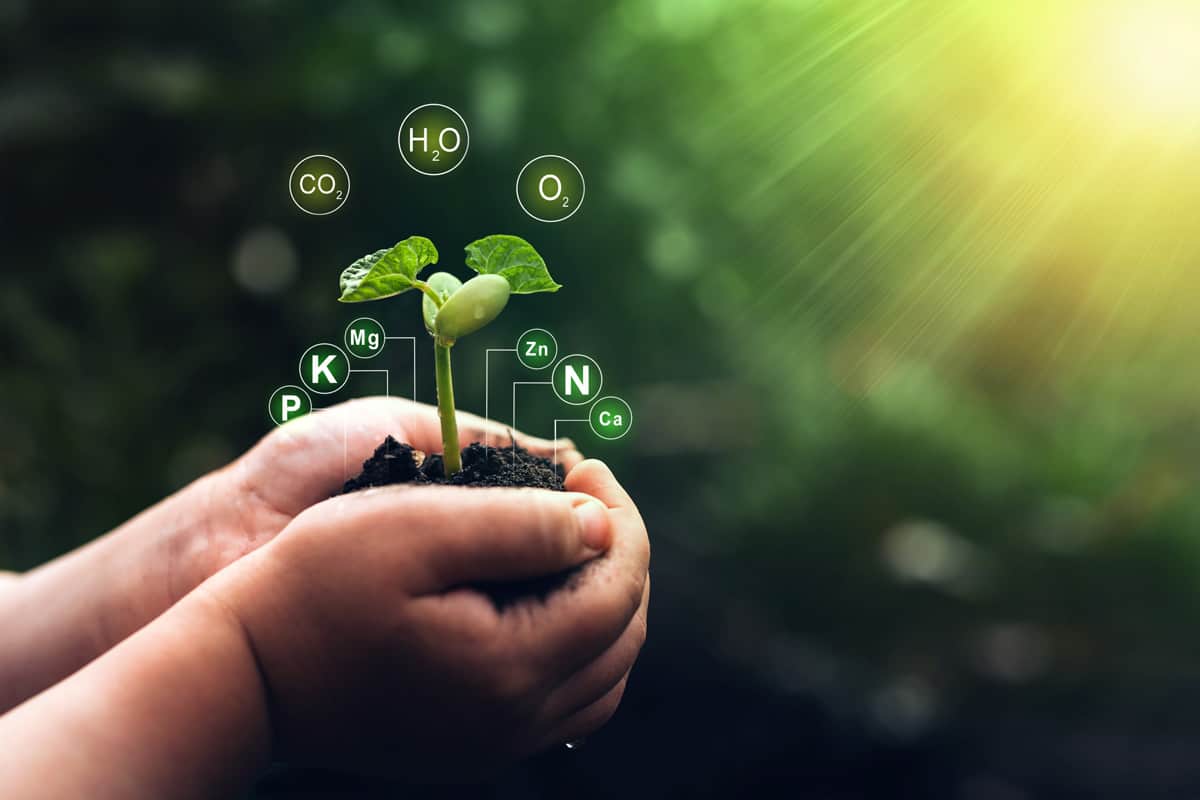Fertilizers offer different ways to improve plant health and productivity. Each kind of fertilizer contains various nutrients. But which one should you use? Diesel Exhaust Fluid is a suggested fertilizer. Is this safe for use on plants? We have done the research and have the answer for you.
Diesel Exhaust Fluid (DEF) makes good fertilizer and is safe for use on plants. This chemical used in automobiles is non-toxic and non-pollutant. DEF is high in nitrogen which plants need.
But this is not the only nutrient that contributes to plant growth. Potassium and phosphate are essential as well. Various kinds of fertilizers contain these nutrients.
Plants need more than just air, water, and sunlight to grow. They need nutrients as well. Read on further to get more insight into how fertilizers are a good source of nutrients.

How Does Fertilizer Work?
Fertilizer gives nutrients needed for plant growth and productivity. Soil is naturally fertile, but adding fertilizer will make it a better plant breeding ground.
It can also replenish the nutrients taken by harvested crops.
Farmers and home gardeners use fertilizer not just for crop growth. Also, it helps plants adjust to the soil and different weather conditions. It also fixes nutrient deficiencies in plants.

These are either naturally or chemically made.
What Nutrients Are In Fertilizer?
Different fertilizers combine the three main macronutrients to make soil favorable for plant growth.
Nitrogen
Plants need nitrogen (N) as it is absorbed better by plants than other nutrients. The use of nitrogen-rich fertilizers encourages leaf growth and healthy foliage.
The chlorophyll process needs nitrogen. It helps plants to get energy from the sun for photosynthesis to happen. Nitrogen is also required for the roots to retain moisture and help plants absorb nutrients better.
Leaves start to turn yellow or pale green when plants lack nitrogen. It also slows down the growth of plants as well.
Phosphorous
Plants rich in phosphorous have healthy roots. This makes the absorption of nutrients and moisture from the soil easier. Seedlings and young plants will benefit from phosphorous (P) as this encourages root growth.
The leaves are dull when plants lack phosphorous. Also, the tips and edges turn yellow or brown.
Potassium
A fertilizer with potassium (K) increases the productivity of crops. Potassium aids in plant food production. Thus, the quality of the seed and grain dramatically improves.
Also, plants can survive during drought seasons as potassium reduces water loss.
Potassium deficiency leads to slower growth and lower crop yield. In addition, plants will be less resistant to fighting off plant disease and pests. The tips of the leaves are brown and curl when plants are low in potassium.
What Are Chemical Fertilizers?
A chemical fertilizer or inorganic fertilizer is manufactured plant food. It undergoes a chemical process and contains different nutrients.
The use of chemical fertilizer is effective for root growth, healthy leaves, and high-quality yield.

What Is Diesel Exhaust Fluid?
Diesel Exhaust Fluid (DEF) is classified as chemical fertilizer that comprises synthetic urea and de-ionized water. Vehicles running on diesel have a separate tank for DEF. Its function is to lessen nitrogen oxides.
This harmful gas emitted by vehicles can cause heart and respiratory disease. When DEF is injected into the exhaust system, it reduces nitrogen oxides by as much as 90%. It is broken into nitrogen and water, which are safer for the environment.
The Environmental Protection Agency (EPA)has required the use of a selective catalytic reduction system in diesel engines to make them environmentally friendly.
For this system to work, it needs a chemical fluid to break down harmful gas. It uses DEF as this is not harmful to the environment.
Since DEF is 1/3 urea, a standard fertilizer, and the rest is water, it is safe for use on plants. DEF, an odorless and colorless mixture, is also non-hazardous and non-flammable.
Check this diesel exhaust fluid on Amazon.
Urea

One of the most popularly used fertilizers is urea. This is a byproduct of urine which has nitrogen content. This is synthetically produced for commercial purposes.
Urea has a high concentration of nitrogen and converts into ammonia easily. Ammonia helps release nitrogen into the soil to encourage plant growth.
This is not toxic to humans. Exposure may irritate the skin and eyes and affect breathing, but it is not life-threatening.
Check this urea 46-0-0 nitrogen fertilizer on Amazon.
What Are Organic Fertilizers?
Plants can also benefit from natural fertilizers like animal manure and compost. Organic fertilizer may take a little longer to work its magic on the plants.
However, it helps soil become healthier with nutrients that encourage plant growth.
Farm Manure

Animal manure and urine are examples of farm manure. But materials used as bedding for animals are also organic manure. Examples are wood shavings, corn cobbs, hay, hemp, and straws from grains.
Farm manure help improves soil quality because it has three primary forms of nutrients - nitrogen, potassium, and phosphorous. Soil retains moisture well, too, with farm manure.
It also stimulates the growth of organisms that are useful to plants.
Compost
Another organic way to improve soil is compost. The soil's condition becomes better with the use of compost. It increases the fertility of the ground, making plants thrive better.
Dried leaves, branches, twigs, vegetable peels, and other kitchen scraps are materials for composting. Build a fence of chicken wire or bricks for composting in the backyard.
Layer the gathered materials starting with branches and twigs, to allow oxygen to circulate in a pile. Then add food waste and dried leaves. Top this with soil or manure.
This will add nutrients and allow the other materials to decompose. Cover with sawdust or hay to keep the moisture.
Turn the pile every 2-4 weeks. Add water when the pile is dry. It will take two months to two years before compost will be ready for use.
Digging on the ground is another option to make compost following the same layering of materials. But there are available compost bins or tumblers also.
Instructions on how to use the bin vary. So, follow the manufacturer's instructions to get good compost results.
Check this dual-rotating outdoor composter on Amazon.
Eggshells
Another nutrient that plants need is calcium. Eggshells are high in calcium, thus boosting the growth of your plants. So do not throw away those eggshells, as these are a good form of fertilizer.
Wash the eggshells to remove residue. Be careful, though, to keep the membrane intact. Allow the eggshell to dry before crushing or grinding.
Using a food processor is the fastest way to do this. Crushed or powdered eggshells added to the soil will decompose faster.

How Do You Read Fertilizer Numbers?
As mentioned, fertilizer is a mix of different nutrients. The fertilizer packaging has three numbers representing the mix. This is called the standard fertilizer grade.
The first number represents the percentage of nitrogen the fertilizer mixture contains. Phosphate content is shown on the second number. And the last number indicates the amount of potassium.
So a fertilizer with the numbers 20-20-20 on its label means it contains 20% each of nitrogen, phosphate, and potassium.
But not all fertilizer bags will contain all three macronutrients. The combination of numbers will also change depending on the purpose of the fertilizer or for specific plants.
See this 20-20-20 all-purpose fertilizer on Amazon.
What Is The Correct Way To Use Fertilizer?
Fertilizers come in various forms. One is liquid like DEF. It can also be in powder or granular form. These are directly placed on the soil or sprayed on the crops.
Liquid fertilizer acts faster when used than its solid counterparts. Mix this concentrated solution with water before use. Fertilizers sprayed on the plants are absorbed by the leaves.
Its popularity has increased because of its ease of use. You should apply it at the beginning of the growing season to see the best results.
View this hydroponic soil fertilizer on Amazon.
Solid forms of fertilizer have higher active ingredients. This makes it cost-effective as you will need less for every use. Spread on the ground the powdered and granular fertilizers.
Also, water the plants after fertilizer application for better absorption. Granular fertilizer even comes in a slow-release form. The soil will absorb this over time, so over-fertilizing is avoided.
See this plant food on Amazon.
In Conclusion

Depleted nutrients limit the growth of plants. DEF and other kinds of fertilizer will replenish these nutrients to make the plants thrive.
Made it this far? Check out these related articles!






